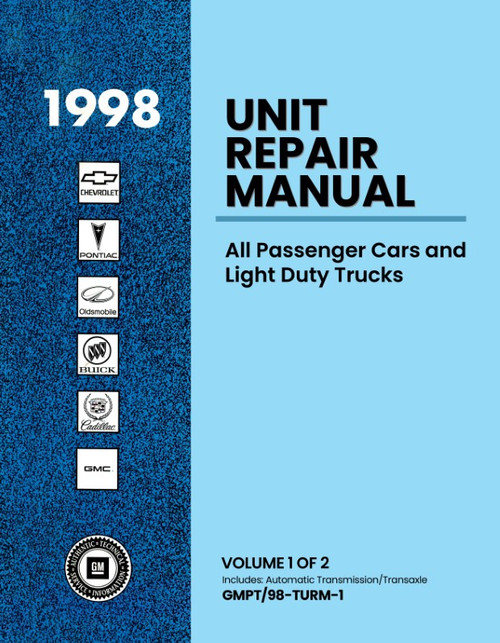The General Motors Automatic Transmission Overhaul and Repair Manual by Haynes, shows you how to identify transmissions and transaxles, theory of operation, step-by step tranny overhaul, plus professional tips and tricks. Do-it-yourselfers will certainly appreciate the 1400 step-by-step photos which help take the mystery out of automatic transmissions and transaxles. No question about it. This Haynes DIY manual is the perfect tool for the home mechanic, and as all manuals sold by The Motor Bookstore come with a 30-Day Money-Back Guarantee. TRANMISSIONS COVERED:
Book Excerpt: General Motors Automatic Transmission Overhaul and Repair Manual AUTO TRANSMISSIONS: THE PUMP
WORKING EXAMPLES OF HYDRAULIC SYSTEMS
Subject: General Motors Automatic Transmission service, maintenance, overhaul, repair. ISBN-10: 1563924234 | ISBN-13: 9781563924231 | Haynes 10360
- THM200-4R, THM350, THM400, THM700-R4 RWD transmissions
- THM 125, THM 125C, THM 3T40, THM 440-T4, THM 4T60 FWD transmissions
Book Excerpt: General Motors Automatic Transmission Overhaul and Repair Manual AUTO TRANSMISSIONS: THE PUMP
Pumps in automatic transmission hydraulic systems are generally positive displacement pumps driven by the engine. A positive displacement pump is one which has the same output per revolution regardless of pump speed or pressure already developed in the system. Positive-displacement pumps include piston, gear and rotor-type pumps (see illustrations). Because of their size, piston-type pumps are not used in automatic transmissions, but gear - and rotor-type pumps are common. Gear - and rotor-type pumps are also used as oil pumps in engine lubrication systems (another type of hydraulic system), so if you understand the workings of a lubricating oil pump, you're well on your way to understanding automatic transmission pumps. Vane-type pumps are also used in automatic transmissions. Vane-type pumps use sliding vanes in place of gears or rotors, but operate by a similar principle. The vane holder rotates while the housing remains stationary, and the fluid between the vanes is forced through the pump to the outlet. The vanes are free to slide in and out of the vane housing in their slots and are held against the housing in operation by centrifugal force. A primary advantage of the vane-type pump is that, when the not-quite-circular housing is rotated, output per revolution can be varied.
WORKING EXAMPLES OF HYDRAULIC SYSTEMS
In operation, there is a great deal of interaction among the components in a hydraulic system. The shift valves, by balancing governor and throttle pressures not only assure a shift occurs at the right speed, but also that the shift will have the correct amount of firmness. For example, in looking at the first, simplified example (see illustration), you'll see that pressing the accelerator to the floor will not only cause a shift to occur at a higher speed, but also assure it is firmer. This is because pressing the throttle to the floor will make the throttle valve apply greater fluid pressure to the right side of the shift valve. This will mean it will take greater governor pressure against the left side of the shift valve to make the shift take place. This means a higher road speed for the shift, but it also means higher pressure will act against the piston when the shift does take place, limiting slippage during high power output by the engine. Conversely, light throttle pressure will allow shifts at lower speeds, but will also apply less pressure to the piston, allowing a less harsh shift for smooth transition in normal driving.
Subject: General Motors Automatic Transmission service, maintenance, overhaul, repair. ISBN-10: 1563924234 | ISBN-13: 9781563924231 | Haynes 10360
TABLE of CONTENTS:
- Introduction
- Tools and equipment
- Automatic transmission fundamentals
- Transmission identification
- Troubleshooting
- Maintenance, adjustments, and in-vehicle repairs
- Transmission removal and installation
- Disassembly, inspection and assembly
- Improving your automatic transmission










